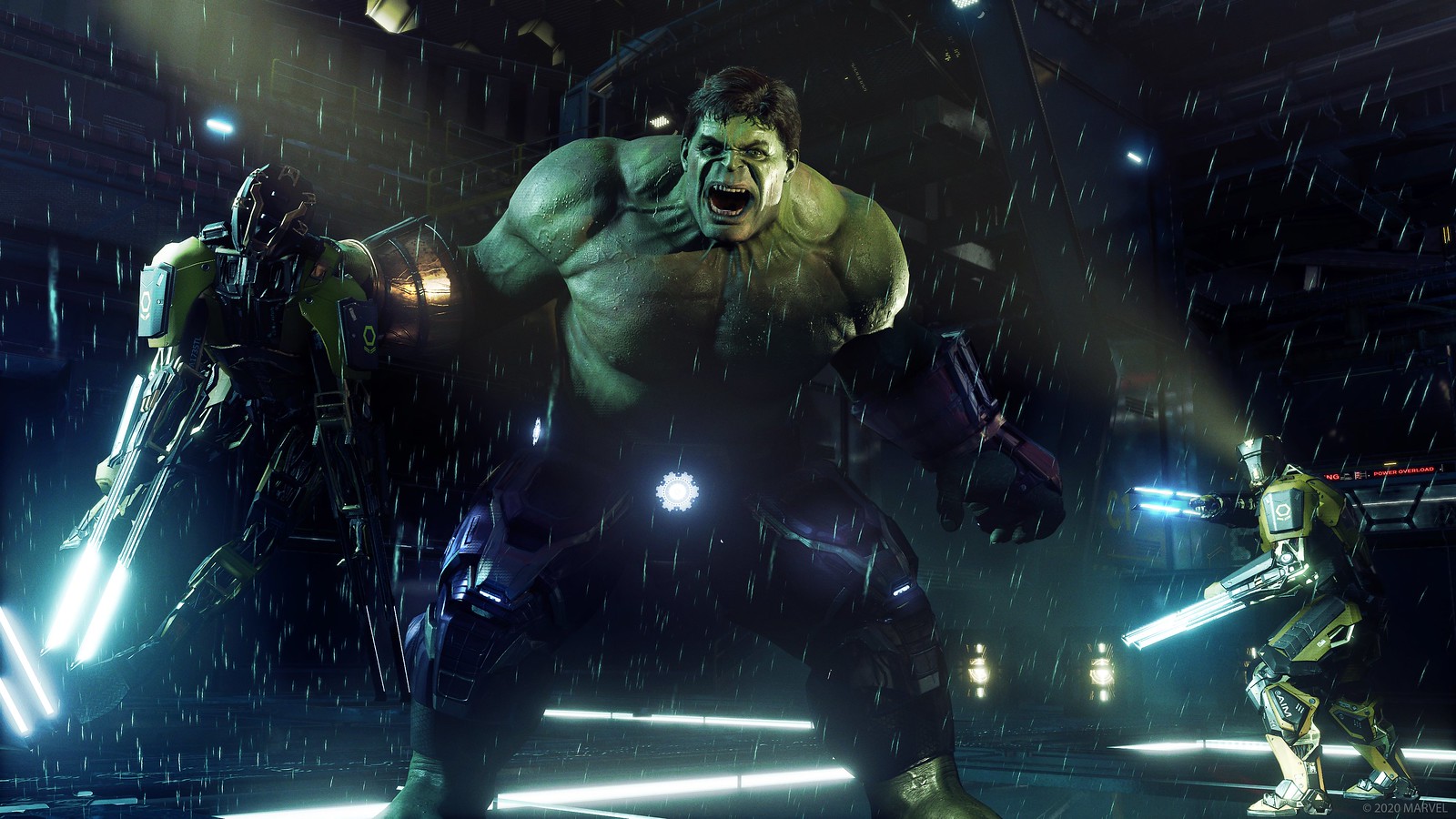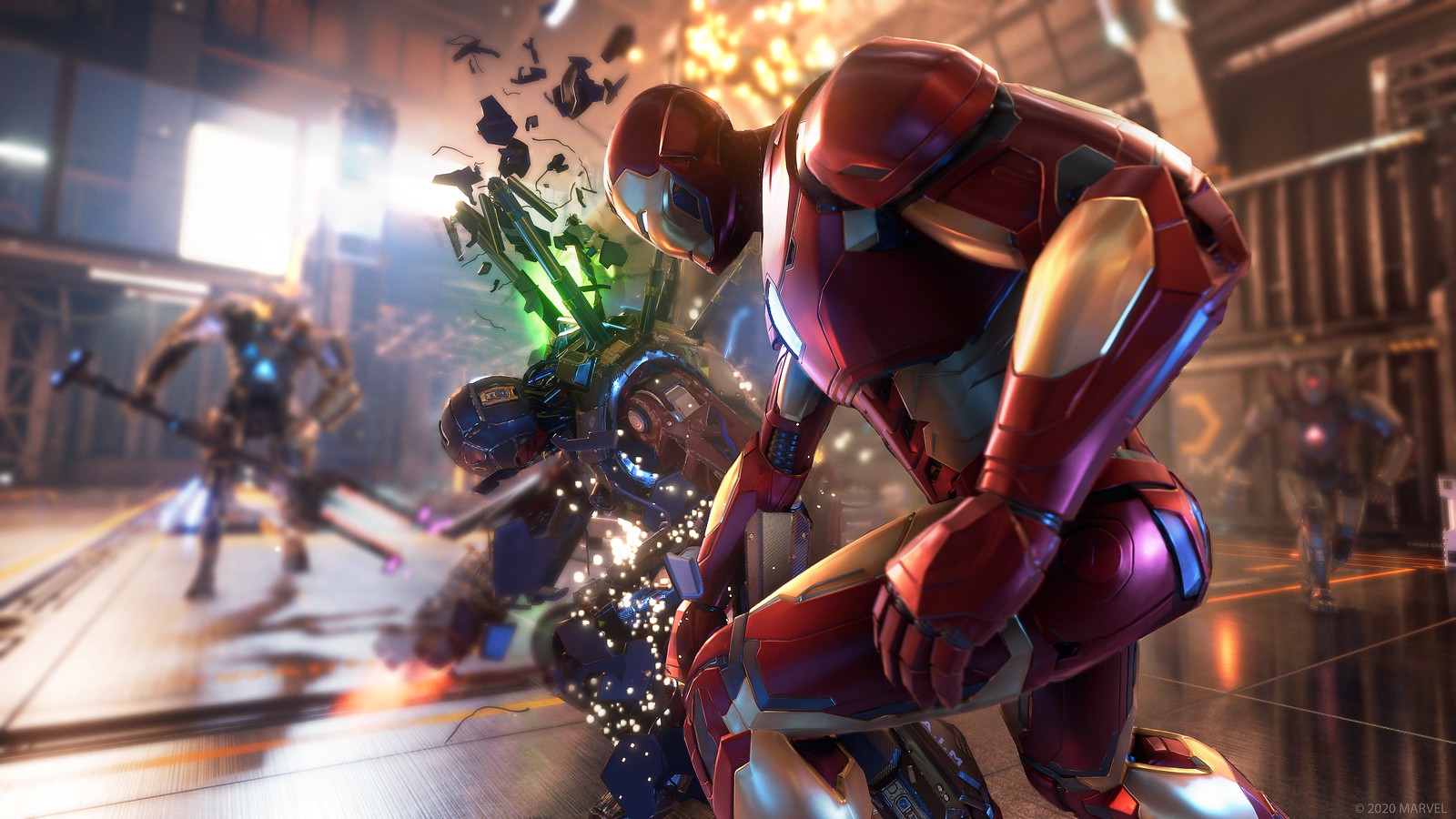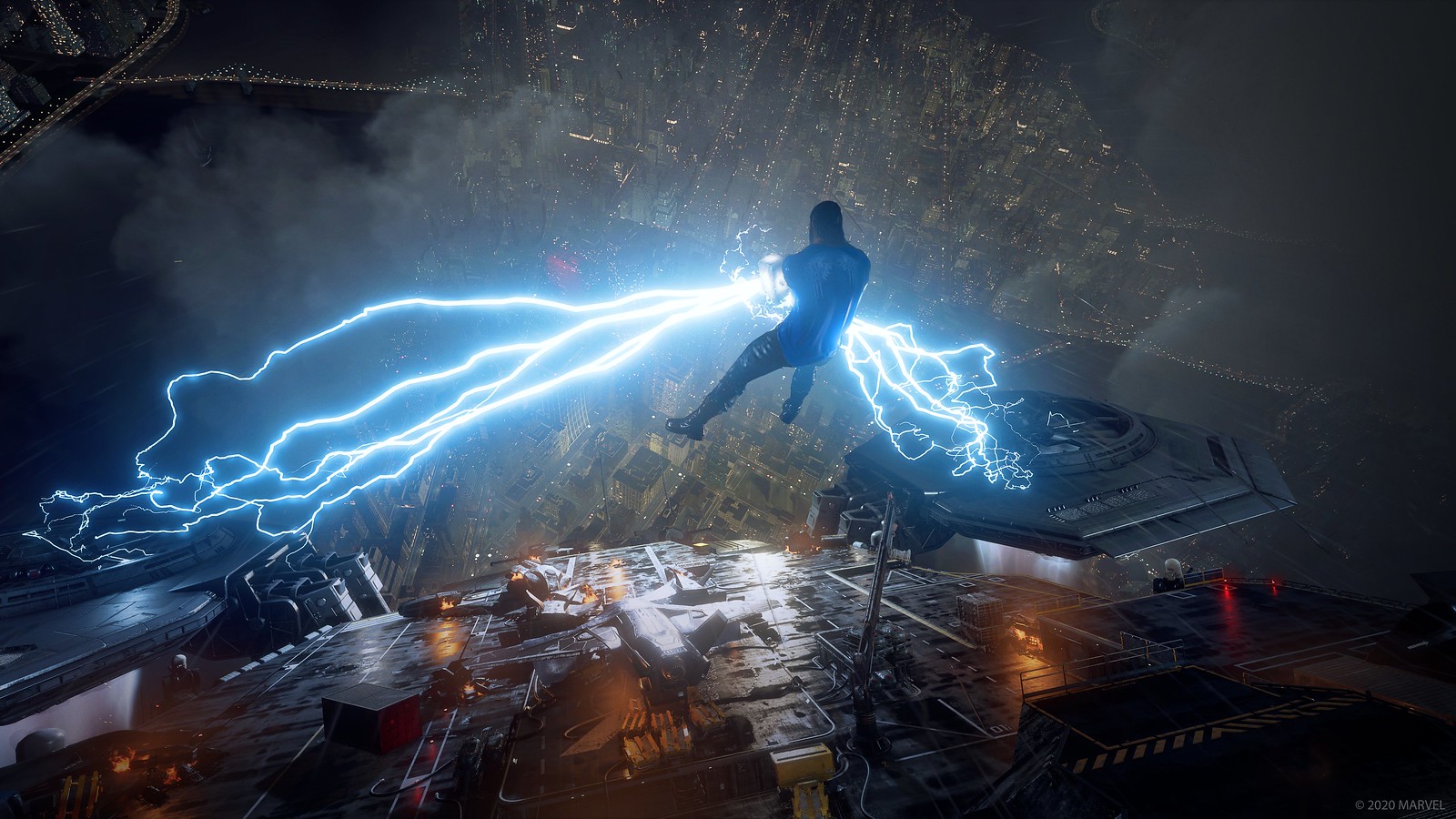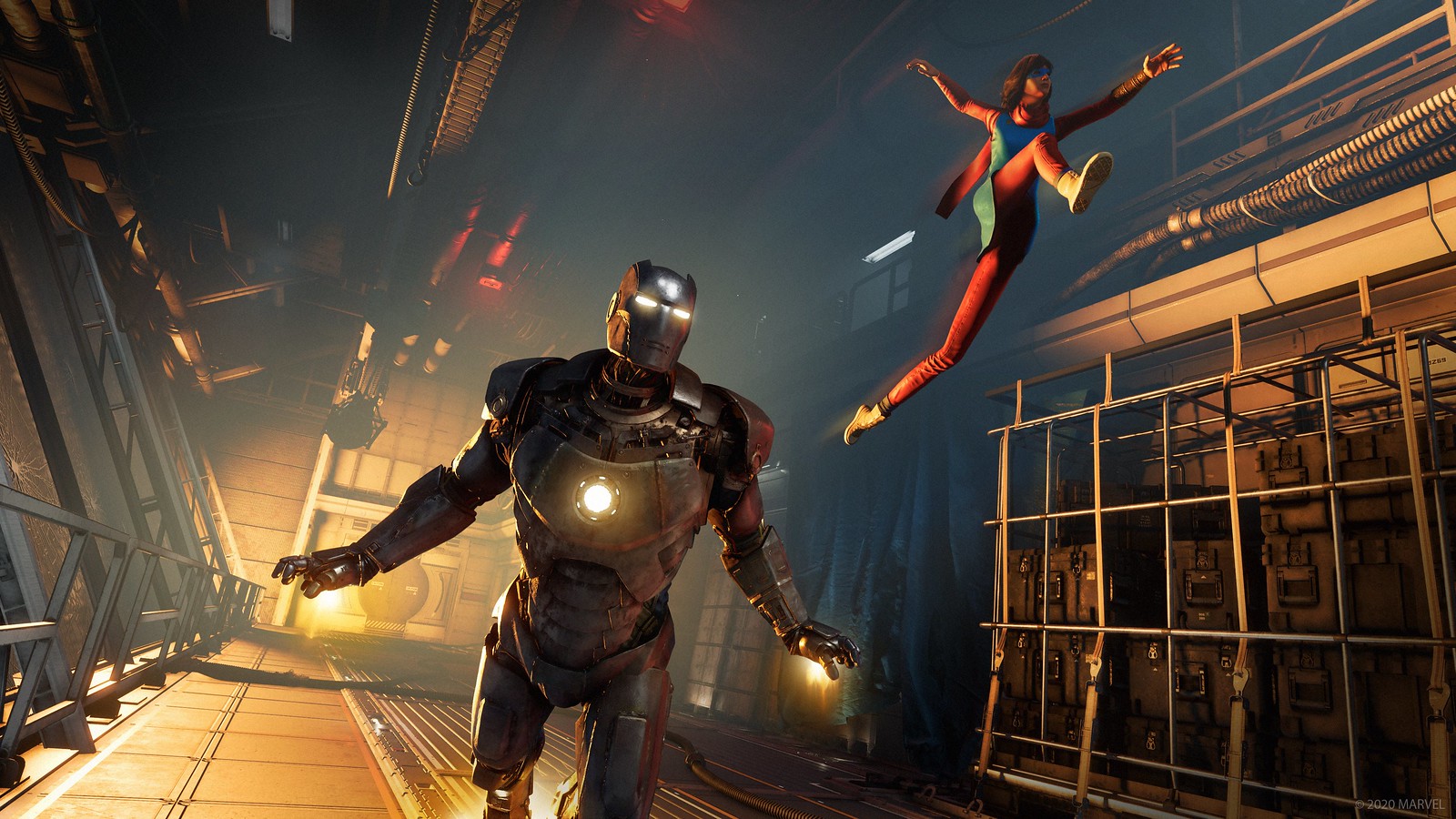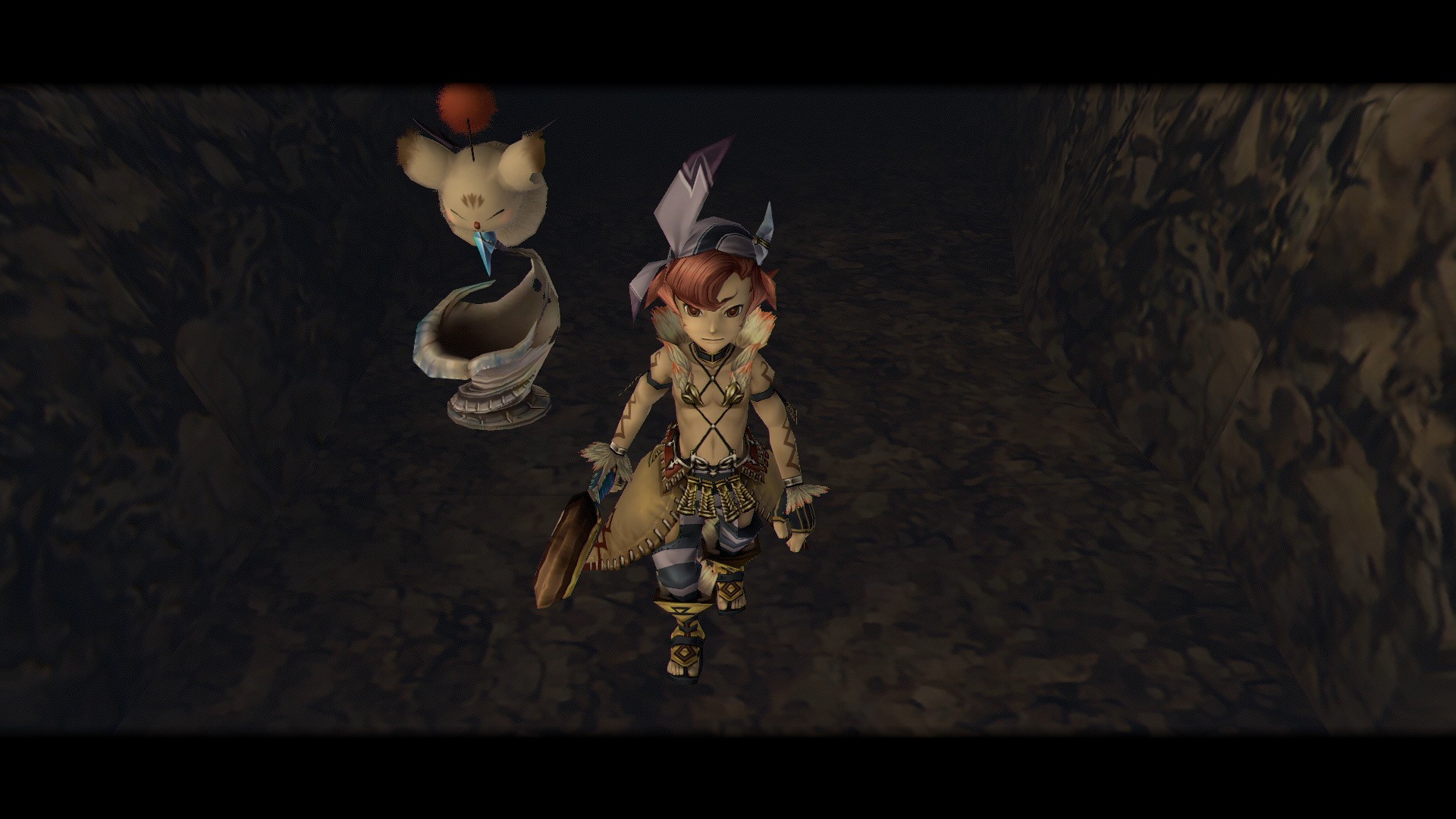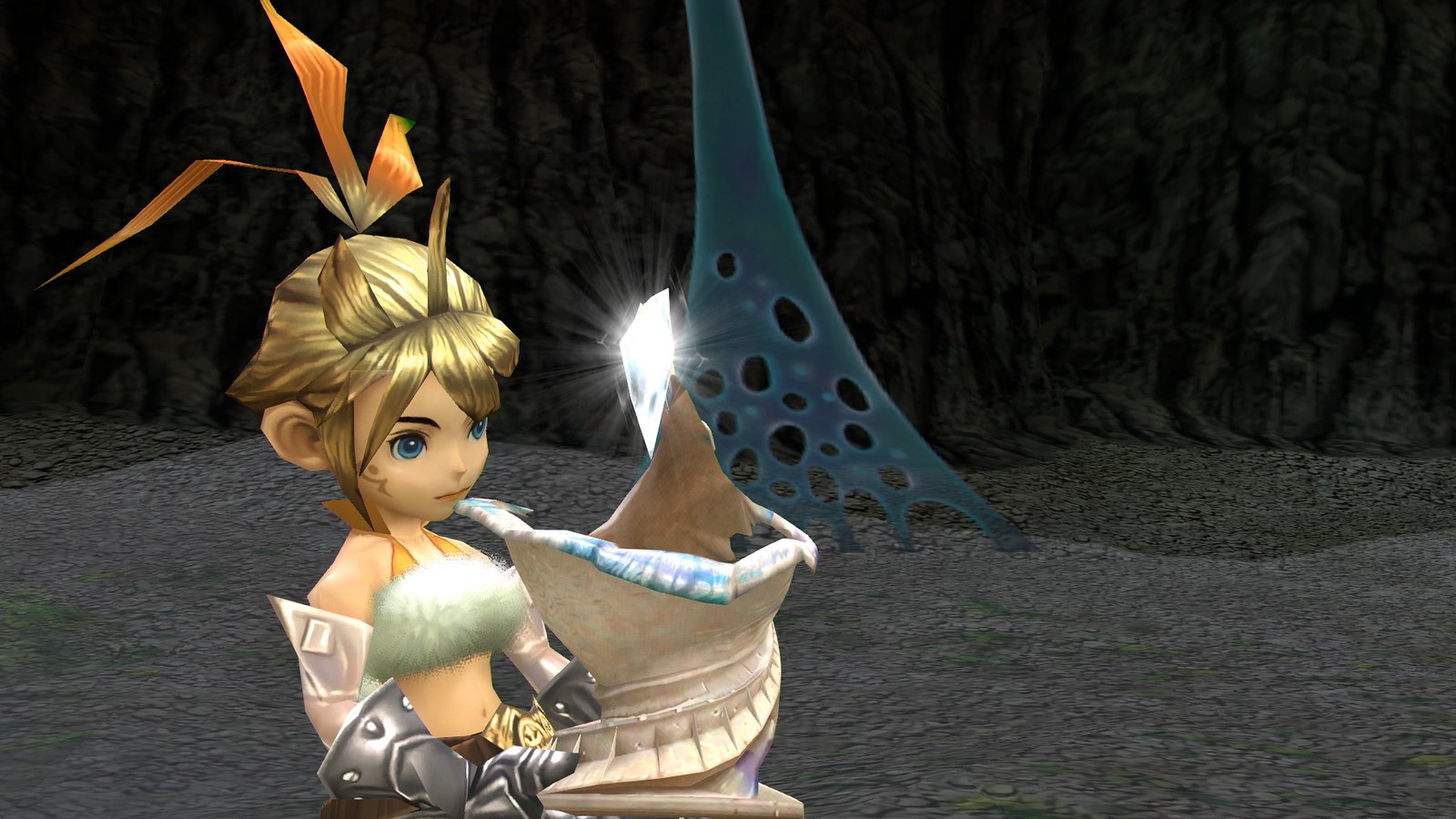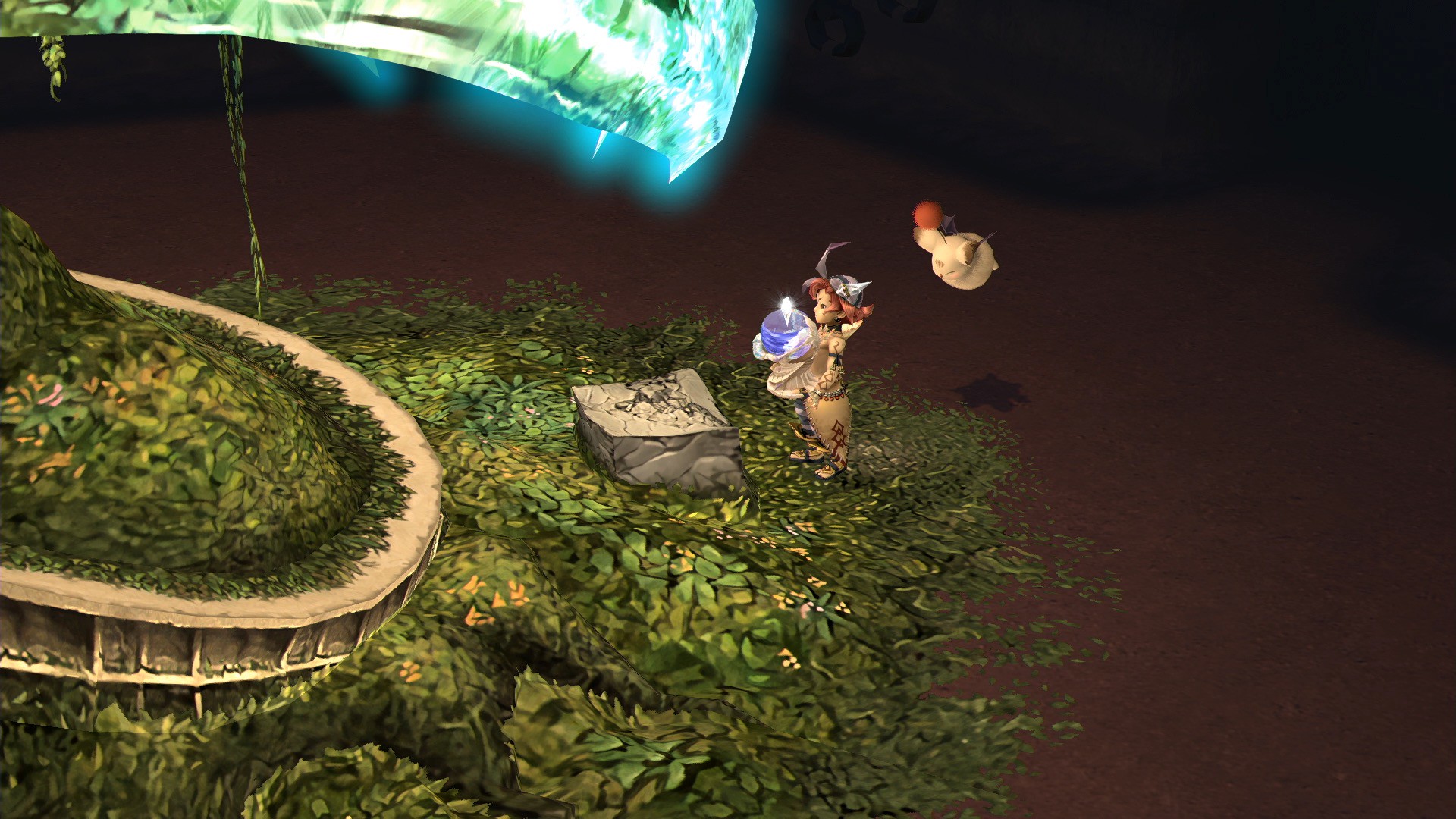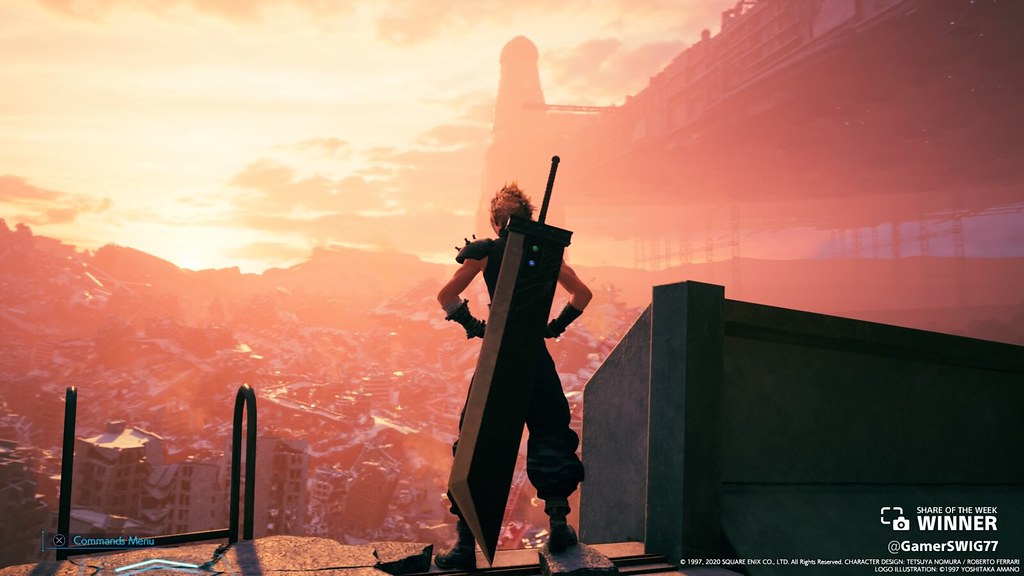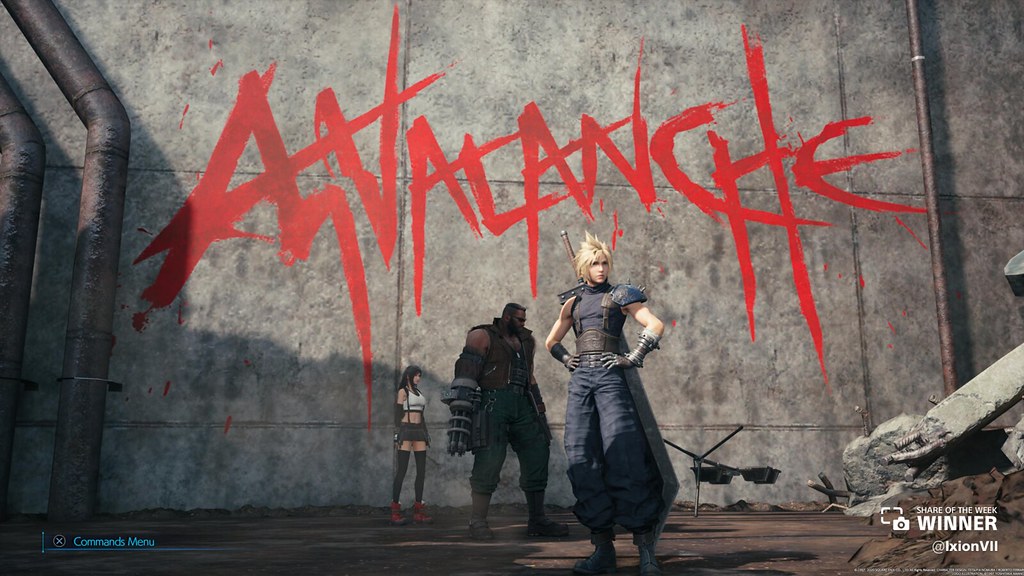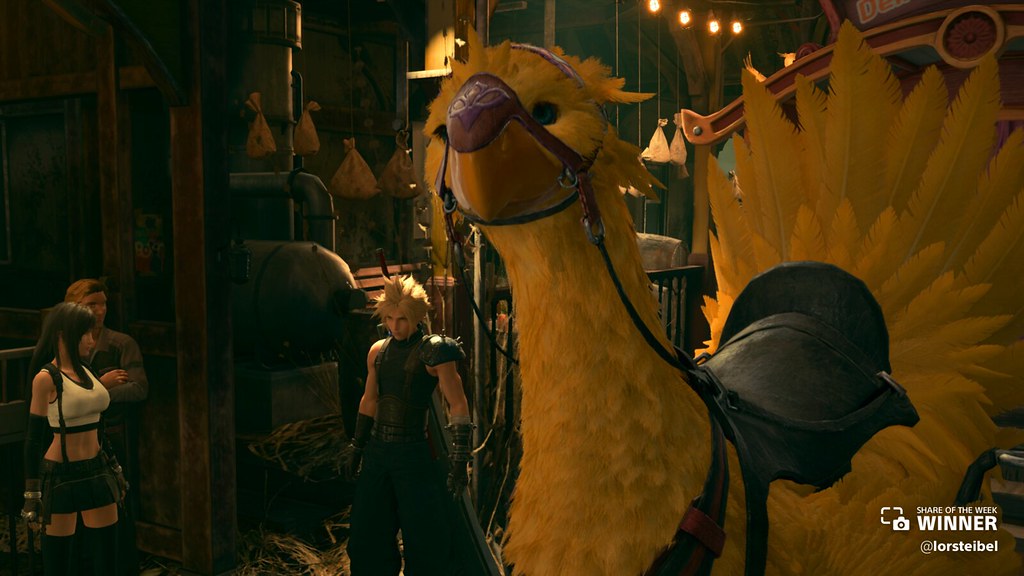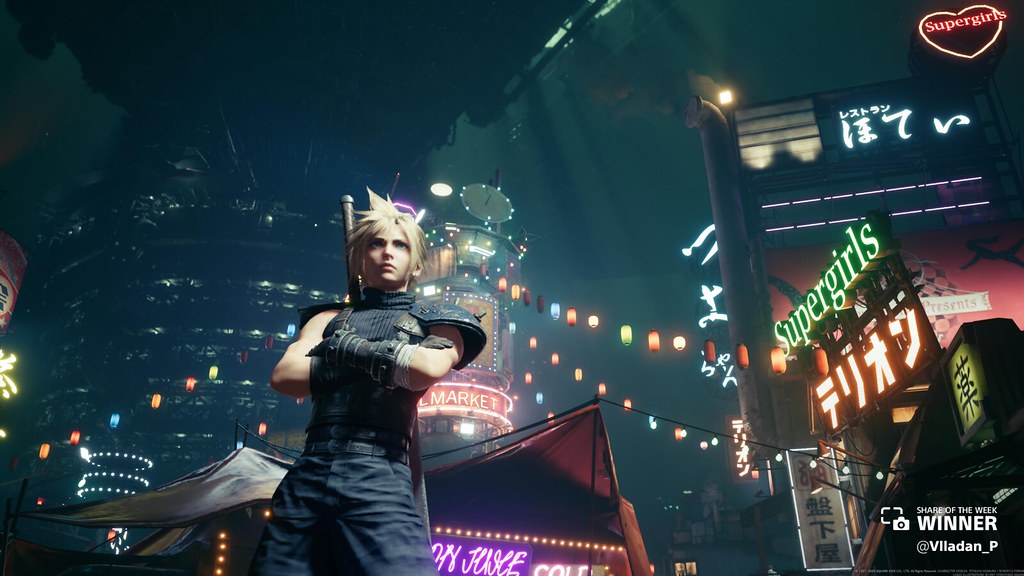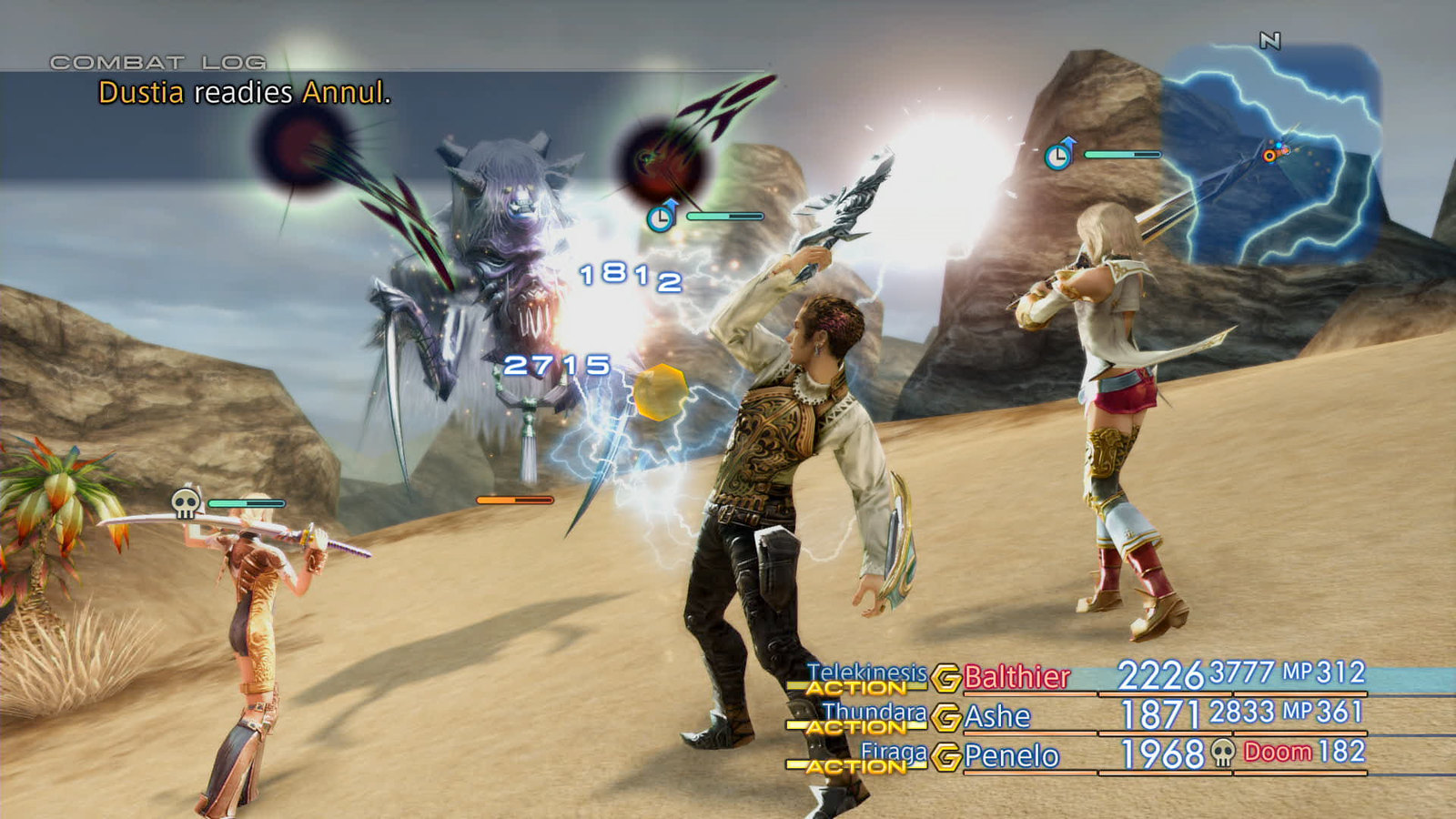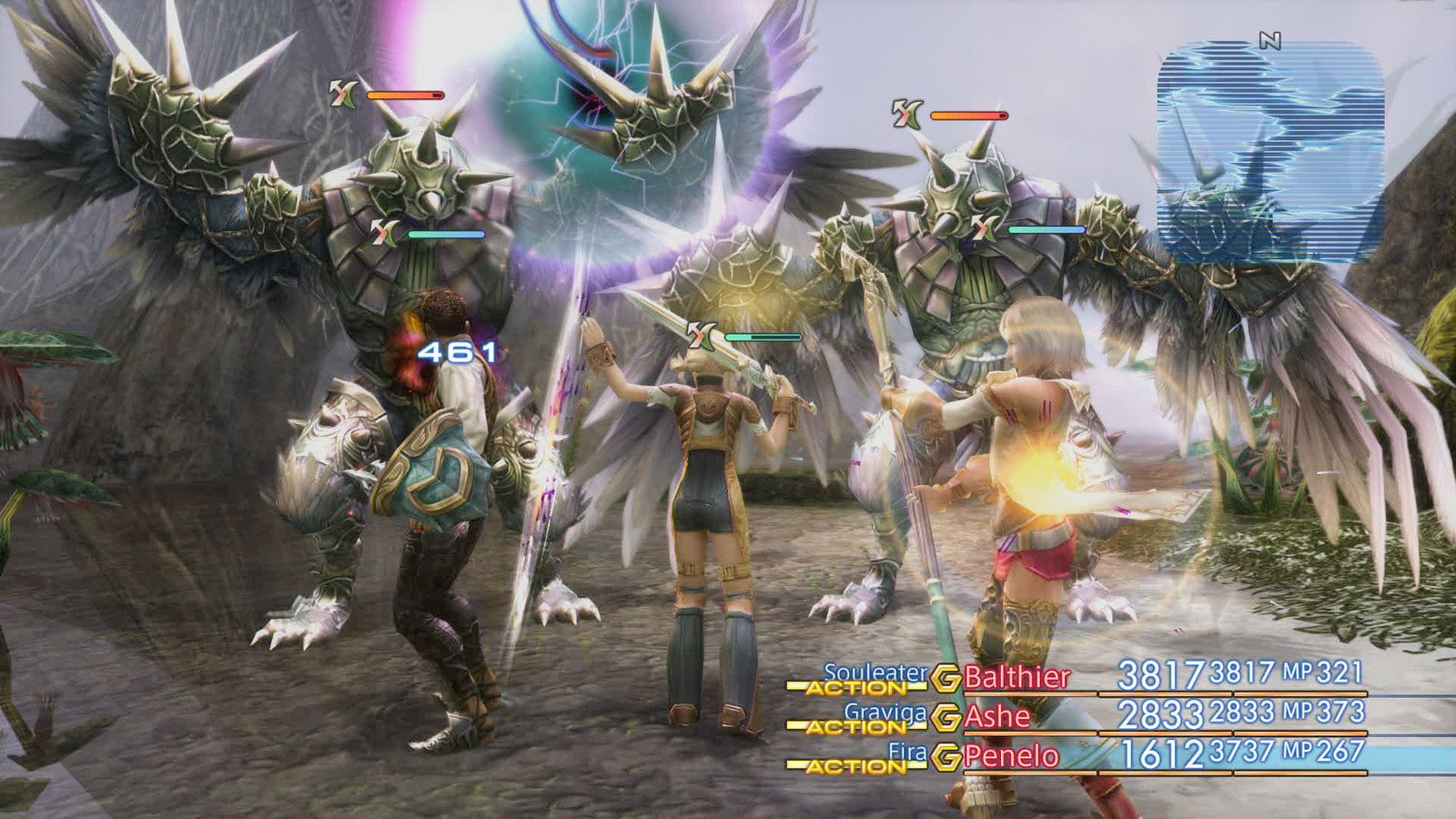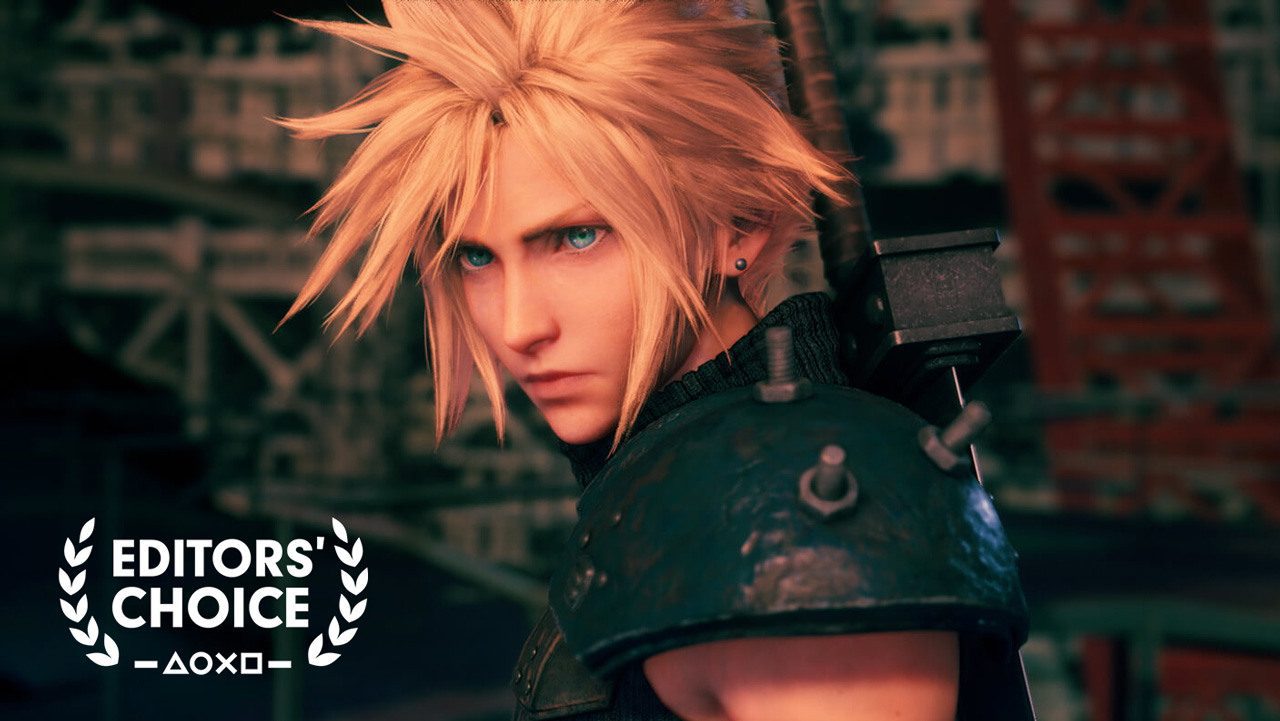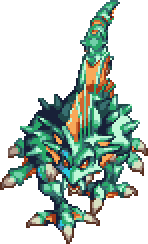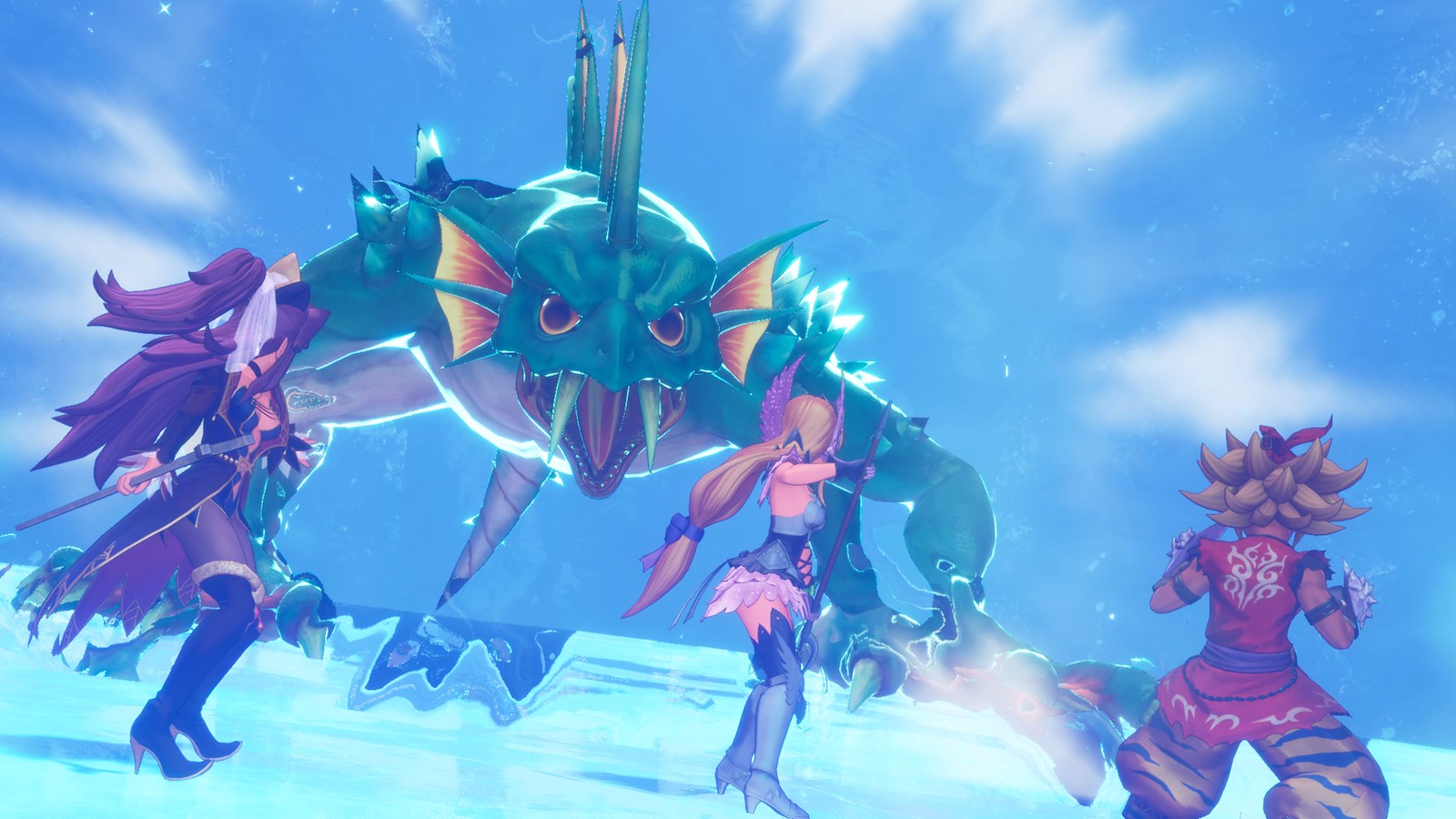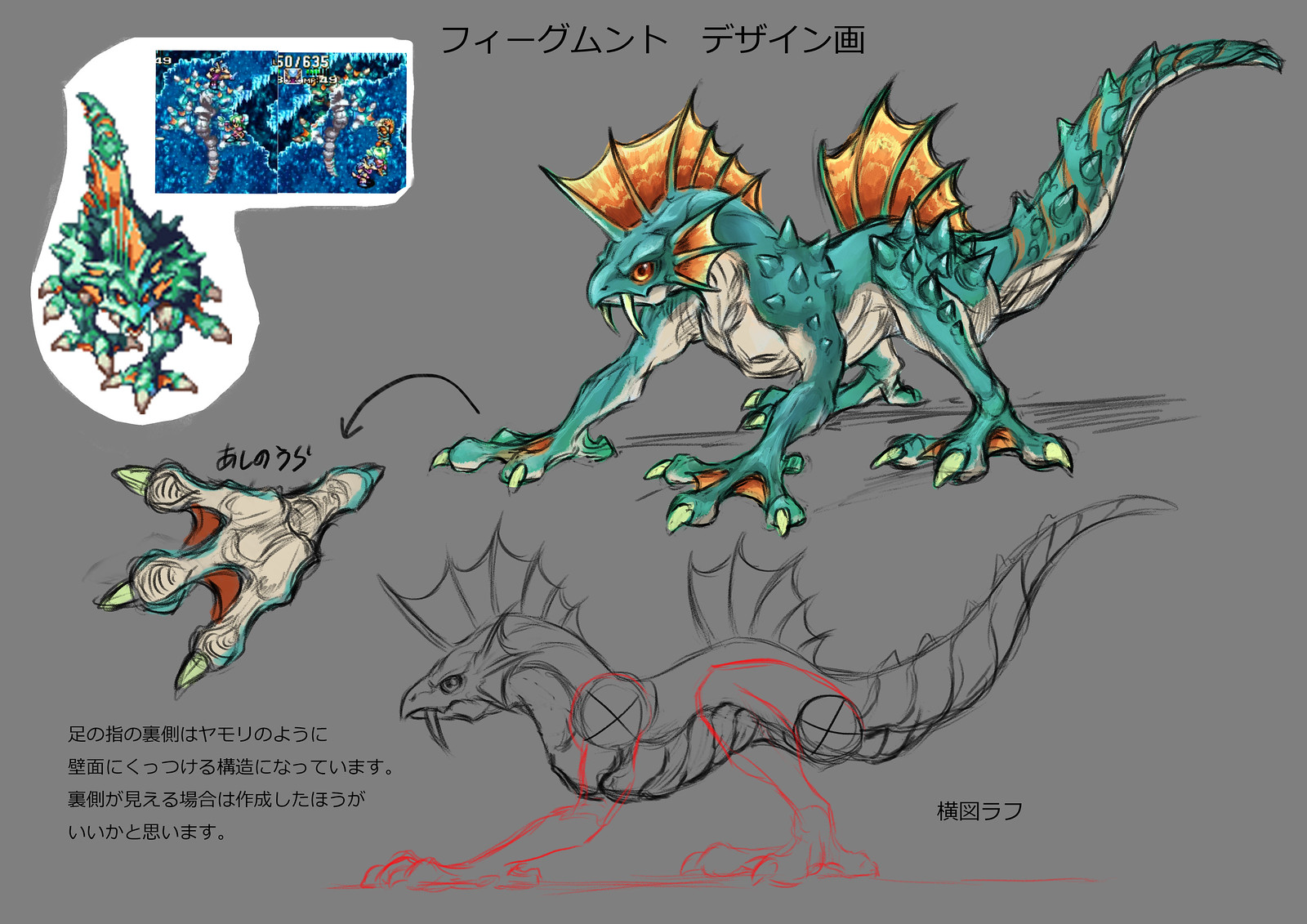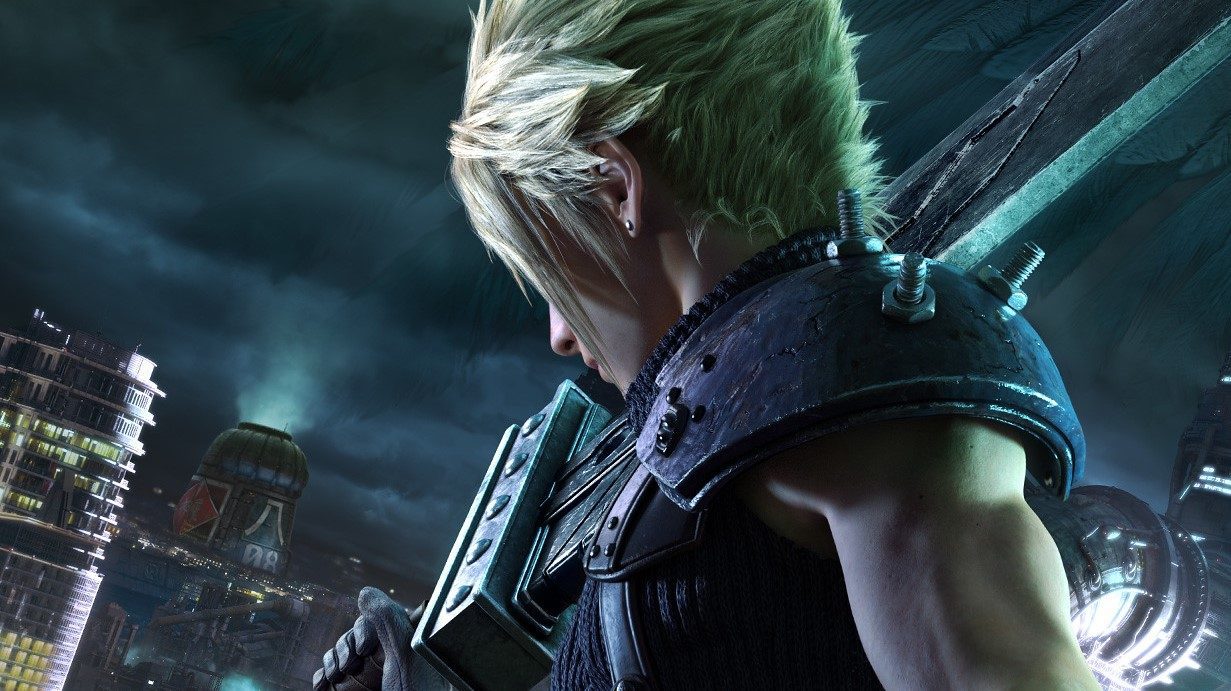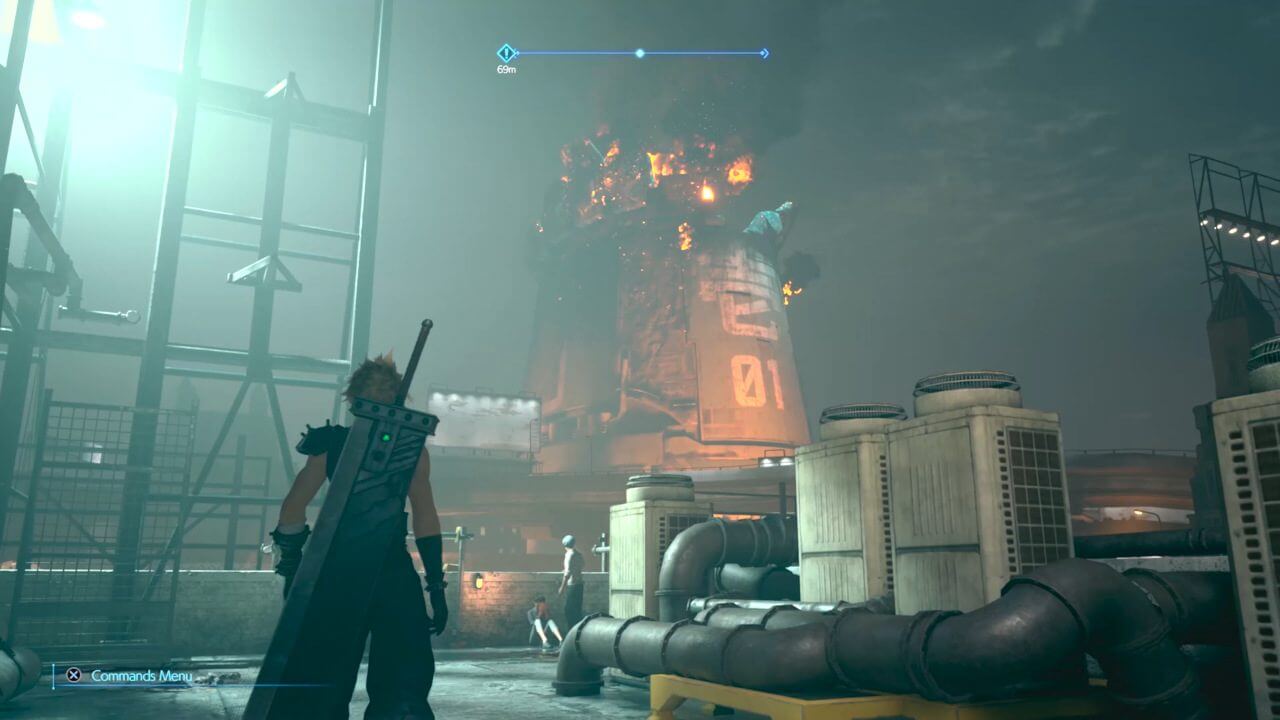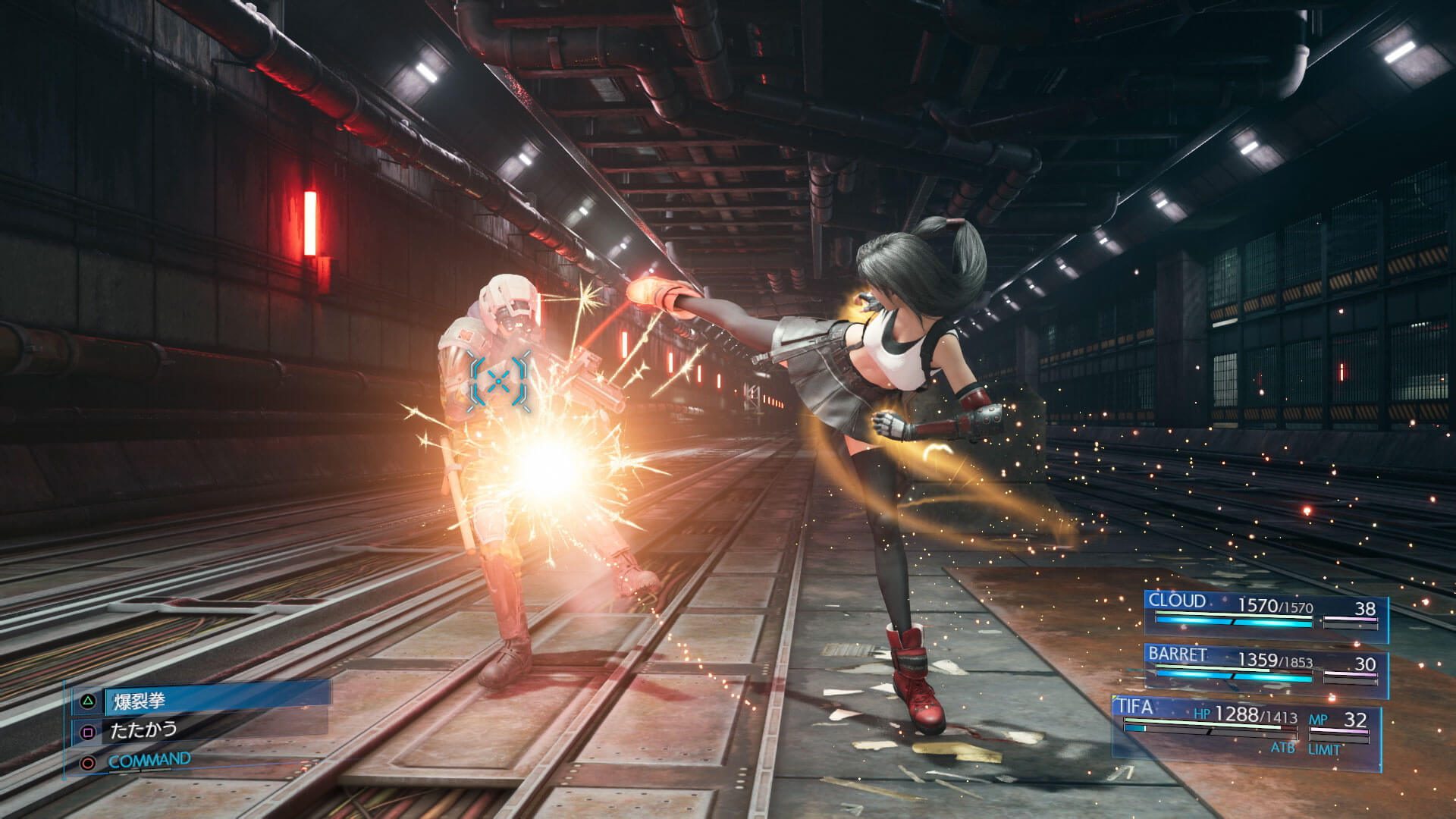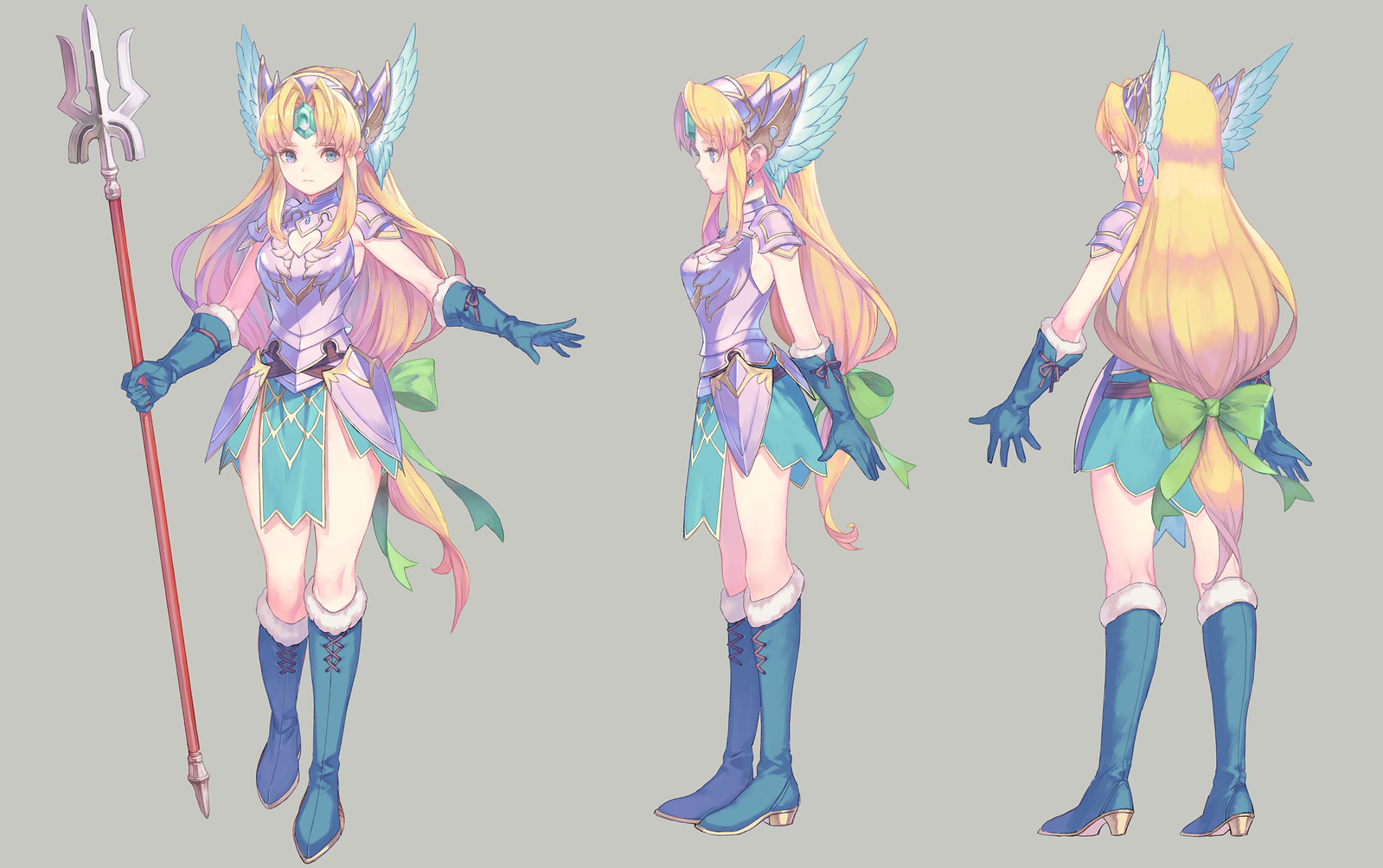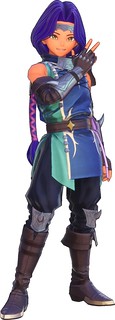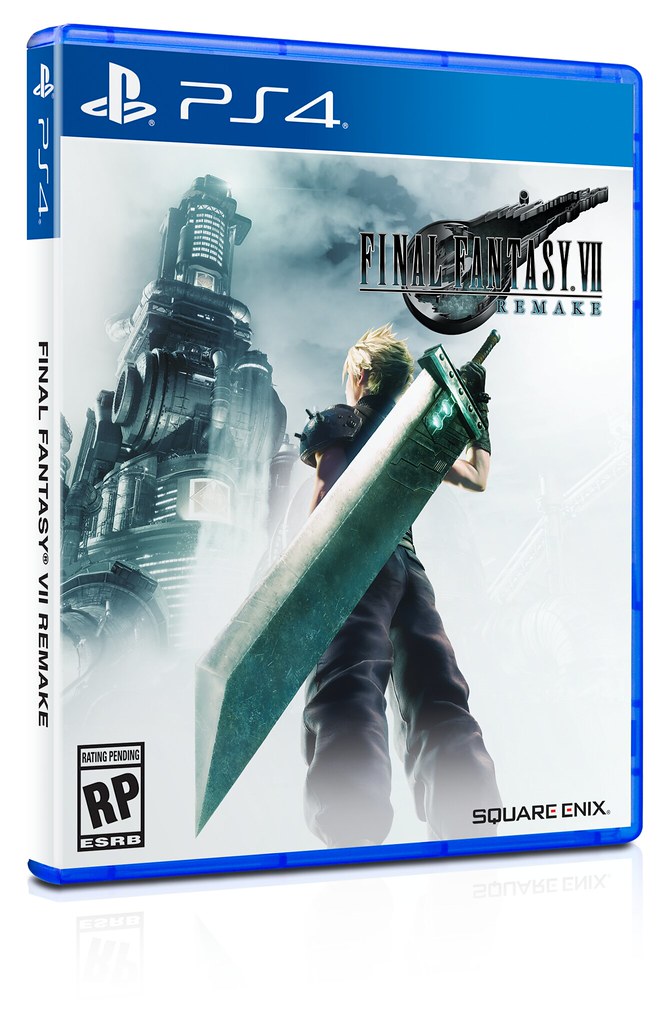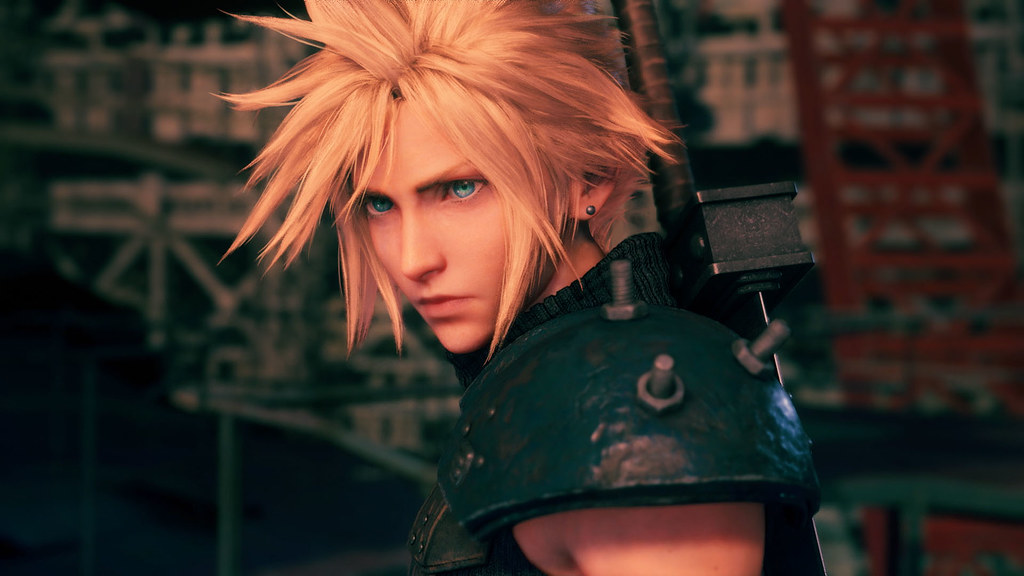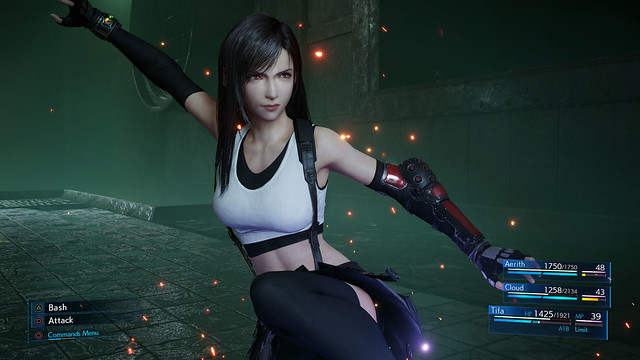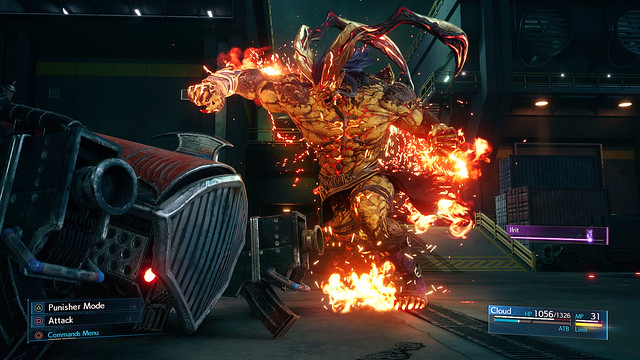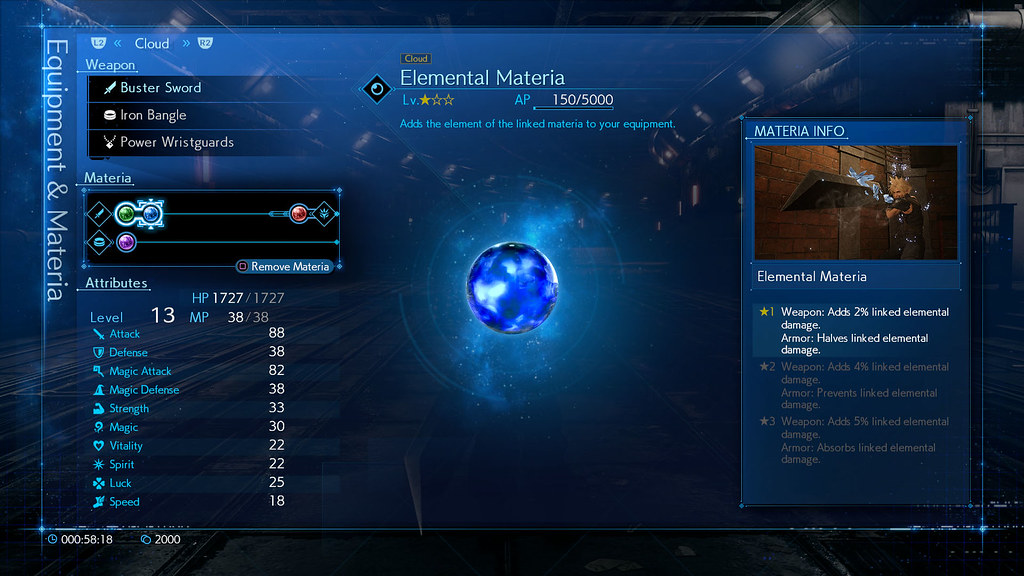Reading Time: 7 minutesMein Name ist Naoki Hamaguchi und ich bin der Co-Director von FINAL FANTASY VII REMAKE. Heute möchte ich euch mit einem Blick hinter die Kulissen das vielleicht coolste Element des Spiels zeigen – die Esper.
Für alle Neueinsteiger: Esper sind mächtige Wesen, die ihr im Kampf zu Hilfe rufen könnt, um selbst die stärksten Kontrahenten zu besiegen. Zwar sind sie ein wesentlicher Bestandteil der FINAL FANTASY-Reihe, aber für FINAL FANTASY VII REMAKE haben wir uns für eine andere Herangehensweise entschieden.
Im neuen Spiel kämpfen diese optisch spektakulären Gefährten direkt an eurer Seite – vorausgesetzt, ihr habt sie euch zuvor verdient. Im Folgenden werde ich euch erklären, wie wir dieses neue System entwickelt haben und welche Herausforderungen wir dabei meistern mussten.
Die große Esper-Idee
Im Kern geht es bei den Espern in FINAL FANTASY VII REMAKE um die Zusammenarbeit im Kampf.
In früheren FINAL FANTASY-Spielen, darunter auch FINAL FANTASY VII, führten Esper nach ihrer Beschwörung einen mächtigen Angriff aus und verschwanden dann wieder. In diesem Spiel wollten wir, dass sie mit euch kämpfen.


Dahinter steckte der Gedanke, ein System zu erstellen, in dem Esper länger anwesend sind und euch im Kampf unterstützen – und ihr sie teilweise sogar steuern könnt. Aber natürlich sind die Entwicklung einer Idee und ihre Umsetzung zwei Paar Schuhe!
Die Arbeit am Esper-System
Zuerst haben wir es mit einer neuen Mechanik probiert und jeder Esper ihre eigene ATB-Leiste gegeben: War die Leiste aufgefüllt, konnte man der Esper einen Befehl geben – genau wie bei den anderen Charakteren, die ihr steuern könnt.
Und genau darin lag das Problem. Zwar war die gewünschte „Zusammenarbeit im Kampf“ so gegeben, aber leider wurde die Esper dadurch nur zu einem weiteren Mitglied eurer Gruppe. Das besondere Gefühl, wenn man diese geheimnisvollen und überaus mächtigen Wesen beschwört und dadurch das Kampfgeschehen maßgeblich beeinflussen kann, ging verloren.
Deswegen haben wir dieses System über Bord geworfen und noch einmal neu angefangen. Dieses Mal sollten die Spieler erst ihre eigene ATB-Leiste aufbrauchen, um den Spezialangriff einer Esper zu beschwören. Auf diese Weise blieb das Gefühl, gemeinsam zu kämpfen, erhalten, aber gleichzeitig fühlte es sich nach etwas Besonderem an. Und da wussten wir, dass wir unser Ziel erreicht hatten.


Außerdem setzten wir noch eine andere Veränderung um – Esper lassen sich nur noch in einem begrenzten Zeitfenster aktivieren. Unser Ziel war es, dem Kampf spannungsgeladene Höhepunkte zu geben.
Wenn die Spieler jeder Zeit eine Esper aktivieren könnten, dann wären sie nur eine von vielen möglichen taktischen Entscheidungen. Aber durch die eingeschränkte zeitliche Verfügbarkeit werden die Esper-Momente unvergesslich. Sie werden zu einem Event.
Ohne den MP-Verbrauch, aber mit der zeitlichen Einschränkung für eine Esper-Beschwörung, haben wir meiner Meinung nach insgesamt für ein gutes Gleichgewicht im Kampfsystem gesorgt.
Das Esper-Design
Zusammen mit dem eingeführten System wollten wir sichergehen, dass die Esper so gut wie möglich aussehen. Sie verfügen über unvorstellbar mächtige, elementare Kräfte. Daher war es wichtig, dass ihr Erscheinen im Spiel auch genau das widerspiegelt.
Außerdem haben wir sechs der Esper aus dem Original für FINAL FANTASY VII REMAKE übernommen. Alle zusätzlichen Elemente mussten daher im Wesentlichem ihrem Design entsprechen.
Allerdings haben wir schnell festgestellt, dass eine schlichte Kopie des Originaldesigns nicht ausreichen und den heutigen optischen Ansprüchen nicht gerecht werden würde. Für mich hätten diese herrlichen, übernatürlichen und majestätischen Wesen dann einfach nur schwach ausgehen.
Wir ihr euch sicher vorstellen könnt, haben wir viel Zeit in die Überarbeitung der Konzepte aus dem Originalspiel investiert. Zur Veranschaulichung haben wir hier ein paar Bilder von Bahamut für euch.




Wie ihr seht, haben wir lange und intensiv darüber nachgedacht, wie Esper und ihre Spezialangriffe aussehen sollten.






Diese Version von Bahamut hat es nicht ins fertige Spiel geschafft, aber ihr bekommt eine ungefähre Vorstellung davon, wie viele Überarbeitungen jede einzelne Esper durchlaufen hat!
Die Designergebnisse – und der Ausreißer
Letztendlich sind wir so vorgegangen, dass wir die Originalsilhouette behalten, sie aber mit vielen Details bereichern wollten. Ein Beispiel: Als Feuer-Esper wollten wir, dass Ifrit seine fürchterliche Brutalität durch Risse, aus denen brennende Lava glüht, und Formen aus schwarzem Vulkangestein zum Ausdruck bringt.
Bei Shiva haben wir die ursprünglichen Farbtöne verändert und ihr einen cooleren, kälteren Look durch zusätzliche Accessoires aus Metall verpasst.
Um sie deutlich als übernatürliche, metaphysische Wesen in FINAL FANTASY VII REMAKE darzustellen, haben alle Esper zusätzliche Leuchteffekte und andere Elemente erhalten. So wird ihr einzigartiger Charakter wirklich greifbar.
Ich bin mit den Endergebnissen überaus zufrieden, auch wenn ich eine Kleinigkeit bereue: Ursprünglich wollten wir Ramuh als Esper ins Spiel bringen – Fans des Originalspiels werden sich liebevoll an ihn erinnern!


Leider ließ sich das aus zwei Gründen nicht umsetzen. Erstens haben wir uns gedacht, dass viele Fans lieber Leviathan im Mako-Reaktor 1 einsetzen möchten, genauso wie ihr es bereits in der Demo des Originalspiels konntet. Und Zweitens waren wir uns sicher, dass es ebenfalls eine große Enttäuschung für euch gewesen wäre, ein FINAL FANTASY ohne Bahamut zu spielen – für mich auf jeden Fall!
Daher hat es Ramuh leider nicht ins Spiel geschafft. Aber bei der nächsten Entscheidung, welche Beschwörungen wir aufnehmen, ist er definitiv wieder in der engeren Auswahl.
Deswegen fühlen sich Esper so belohnend an
Sie sehen nicht nur fantastisch aus und geben euch ein besonderes Gefühl, es gibt auch noch einen weiteren Punkt, den wir beachten mussten. Esper haben auch jenseits ihrer Unterstützer-Rolle eine Bedeutung. In FINAL FANTASY VII REMAKE (und das gilt für die meisten Spiele der FINAL FANTASY-Reihe) sind sie eine Belohnung für die Spieler.
Das Originalspiel FINAL FANTASY VII beinhaltete verschiedene Esper. Viele davon erhielten die Spieler nur durch sorgfältiges Erkunden oder den Abschluss schwieriger Nebenquests oder Kämpfe. Das wollten wir im Remake noch vertiefen. Wenn die Spieler eine Esper erhalten, sollten sie das als eine noch größere Errungenschaft wahrnehmen.
Um das zu erreichen, hatten wir bereits sehr früh in der Entwicklung festgelegt, dass man eine neue Esper-Materia nur erlangen kann, wenn man die entsprechende Esper vorher in einem Kampf besiegt.
Warum VR-Kämpfe?
Als wir diese Entscheidung erst einmal getroffen hatten, wartete schon die nächste Herausforderung auf uns: Wie sollen wir den Spielern diese Begegnungen ermöglichen?
Es würde für Cloud keinen Sinn ergeben, wenn er einfach so auf Esper stoßen würde. Ein wesentlicher Bestandteil des Final Fantasy VII-Universums ist es, dass diese furchterregenden Kreaturen die Verkörperung uralten Wissens sind, konzentriert in Materia. Sie spazieren nicht frei in Midgar umher!
Da kam uns die Idee der VR-Kämpfe.
Das Konzept selbst war nichts Neues im Final Fantasy VII-Universum – es sollte vorher schon Teil des Trainings für SOLDAT-Einsatzkräfte in CRISIS CORE: FINAL FANTASY VII werden (einem Prequel des Originalspiels, 2007 veröffentlicht für PlayStation Portable). Diesem Aspekt konnten wir im neuen Spiel Tribut zollen.


Unsere Überlegungen dazu waren wie folgt: Mit dem Wissen innerhalb der Materia gelang es den Wissenschaftlern von Shinra, Esper in der virtuellen Realität nachzubilden. In dieser virtuellen Realität könnten sich Cloud und der Rest der Crew dann auf eine echt spaßige und aufregende Weise gegen diese Gegner behaupten.
Aber kaum löst man ein Problem, taucht auch schon das nächste auf! Jetzt mussten wir einen Weg finden, diese Herausforderungen an den Spieler zu bringen. Im gesamten Spiel ist das Shinra-Gebäude der einzige Ort, an dem die Spieler VR einsetzen können. Dadurch hätte man in weiten Teilen des Spiels keinen Zugriff auf Esper-Materia!
Auf eine Lösung des Problems hat uns der Charakter Chadley gebracht.
Die Entstehung des tragbaren Kampfsimulators
Chadley wird euch an vielen Ecken des Spiels begegnen. Er steht im Dienst der Wissenschaftsabteilung von Shinra, distanziert sich aber wenn möglich von seinem Arbeitgeber. Wenn Clouds Crew ihm bei seinen Forschungen hilft, greift er ihnen beim Umgang mit diesen neuen, mächtigen Materia unter die Arme.
Durch seine Verbindungen zu Shinra erscheint es nur logisch, dass er Zugriff auf diese Art der Technologie hat. Dank des tragbaren Headset-Kampfsimulators haben die Spieler an mehreren Stellen im Spiel die Möglichkeit, die mächtigen Esper im Kampf herauszufordern, und zwar so, dass es sich optimal ins Spielgeschehen einfügt.
Hand aufs Herz: Vorbild für den tragbaren Kampfsimulator war PlayStation VR! Die Vorlage für das Design unseres Headsets war tatsächlich ein Bild des PlayStation VR-Headsets!
Ich hoffe, dass euch der Einblick in die Esper von FINAL FANTASY VII REMAKE gefallen hat. Ich persönlich bin mit dem Endresultat des Systems überaus zufrieden.
Jeder aus dem Entwicklerteam hat sehr viel Leidenschaft und Arbeit in diesen Aspekt des Spiels gesteckt und ich hoffe, dass ihr damit viel Spaß haben werdet.
FINAL FANTASY VII REMAKE ist jetzt für PS4 erhältlich
Website: LINK


